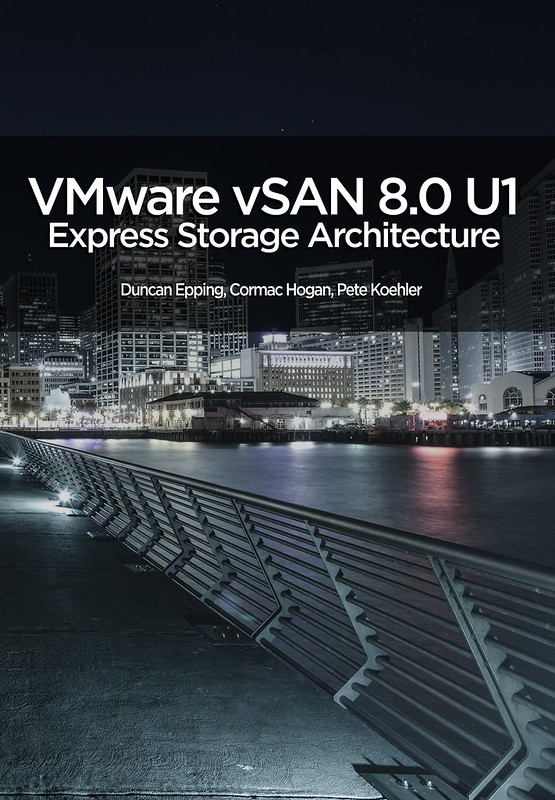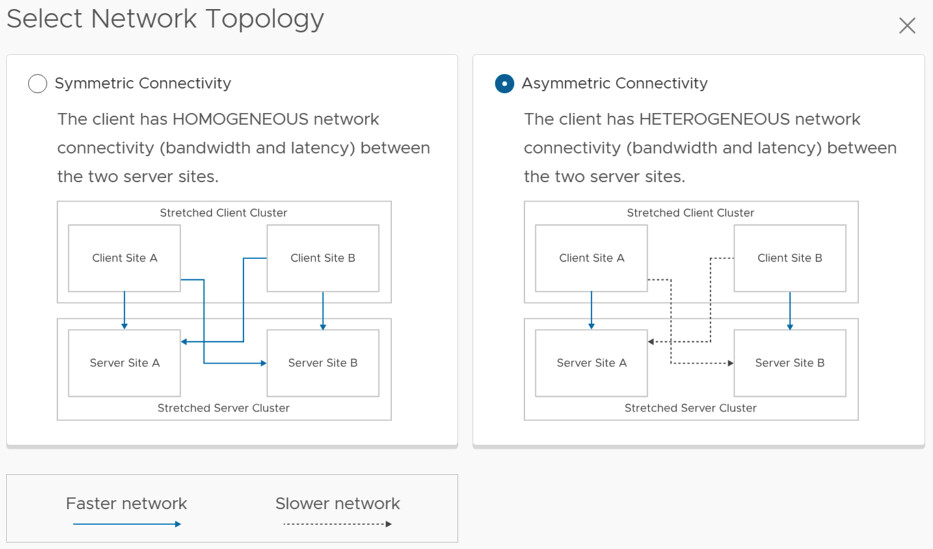For episode 065 of the Unexplored Territory Podcast I invited Jatin Purohit to discuss Oracle Cloud VMware Solution, and what was introduced since we had Richard Garsthagen on as a guest. Jatin went over all the details, and shared some great use cases with us. Make sure to listen to the episode via your favorite podcast app, or the embedded player below. We are now starting to plan for the upcoming episodes, if you want to be a guest and have an interesting story, or solution, to share, then do not hesitate to reach out.





